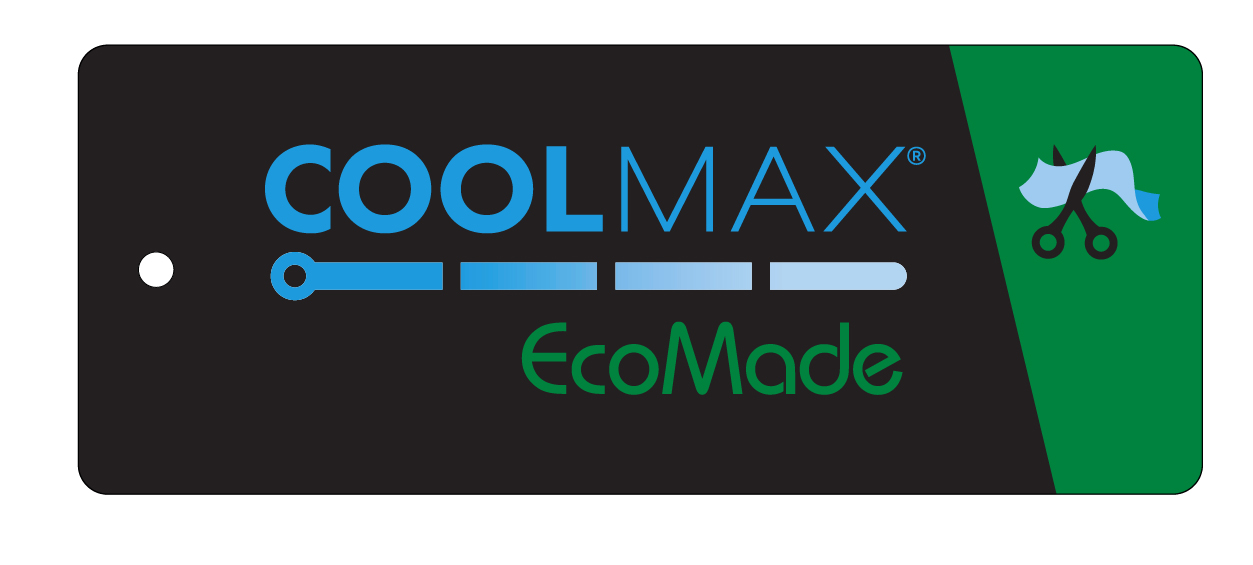Scaling Performance Fibers from Textile Waste
The LYCRA Company
(
Private sector
)
#SDGAction46547
Description
The objective of the partnership between The LYCRA Company and ITOCHU Corporation is to bring to scale cooling and warming fiber solutions made from textile waste, thus setting the stage for closing the loop.
Today cutting room scraps of high polyester content are collected from garment makers in south China. These scraps are then depolymerized, using technology licensed by ITOCHU, made into chip, and then spun into specialty COOLMAX(r) and THERMOLITE(r) fibers which are sold by The LYCRA Company.
Today, this technology is using pre-consumer waste in the form of textile scraps. Eventually we hope to take back garments, utilizing post-consumer waste to close the loop. The one barrier to reaching this goal is the difficulty in securing a consistent and reliable supply of used polyester garments within China, whereas at present there is no shortage of pre-consumer waste. We are reaching out to new sources such as uniform companies and the government to see if we can procure post-consumer materials.
The LYCRA Company and ITOCHU have a contract which spells out all product, manufacturing oversight and regulatory requirements. The LYCRA Company does annual checks to ensure compliance. In addition, all products are GRS certified.
Today COOLMAX(r) and THERMOLITE(r) fibers from 100% textile waste are being sold commercially and interest among brands and retailers is growing. An LCA was done on the chip used to make these fibers and showed that, assuming supply and demand are in relative balance, the chip made from 100% textile waste had 20% lower emissions, used 10% less water, and 39% of the energy used to make virgin chip.
ITOCHU Corporation
SDGS & Targets
Goal 12
Ensure sustainable consumption and production patterns
12.1
Implement the 10-Year Framework of Programmes on Sustainable Consumption and Production Patterns, all countries taking action, with developed countries taking the lead, taking into account the development and capabilities of developing countries
12.1.1
Number of countries developing, adopting or implementing policy instruments aimed at supporting the shift to sustainable consumption and production
12.2
By 2030, achieve the sustainable management and efficient use of natural resources
12.2.1
Material footprint, material footprint per capita, and material footprint per GDP
12.2.2
Domestic material consumption, domestic material consumption per capita, and domestic material consumption per GDP
12.3
By 2030, halve per capita global food waste at the retail and consumer levels and reduce food losses along production and supply chains, including post-harvest losses
12.3.1
(a) Food loss index and (b) food waste index
12.4
By 2020, achieve the environmentally sound management of chemicals and all wastes throughout their life cycle, in accordance with agreed international frameworks, and significantly reduce their release to air, water and soil in order to minimize their adverse impacts on human health and the environment
12.4.1
12.4.2
(a) Hazardous waste generated per capita; and (b) proportion of hazardous waste treated, by type of treatment
12.5
By 2030, substantially reduce waste generation through prevention, reduction, recycling and reuse
12.5.1
National recycling rate, tons of material recycled
12.6
Encourage companies, especially large and transnational companies, to adopt sustainable practices and to integrate sustainability information into their reporting cycle
12.6.1
12.7
Promote public procurement practices that are sustainable, in accordance with national policies and priorities
12.7.1
Number of countries implementing sustainable public procurement policies and action plans
12.8
By 2030, ensure that people everywhere have the relevant information and awareness for sustainable development and lifestyles in harmony with nature
12.8.1
Extent to which (i) global citizenship education and (ii) education for sustainable development are mainstreamed in (a) national education policies; (b) curricula; (c) teacher education; and (d) student assessment
12.a
Support developing countries to strengthen their scientific and technological capacity to move towards more sustainable patterns of consumption and production
12.a.1
Installed renewable energy-generating capacity in developing and developed countries (in watts per capita)
12.b
Develop and implement tools to monitor sustainable development impacts for sustainable tourism that creates jobs and promotes local culture and products
12.b.1
Implementation of standard accounting tools to monitor the economic and environmental aspects of tourism sustainability
12.c
Rationalize inefficient fossil-fuel subsidies that encourage wasteful consumption by removing market distortions, in accordance with national circumstances, including by restructuring taxation and phasing out those harmful subsidies, where they exist, to reflect their environmental impacts, taking fully into account the specific needs and conditions of developing countries and minimizing the possible adverse impacts on their development in a manner that protects the poor and the affected communities
12.c.1
Amount of fossil-fuel subsidies (production and consumption) per unit of GDP
SDG 14 targets covered
| Name | Description |
|---|
Deliverables & Timeline
Commercial COOLMAX(r) and THERMOLITE(R) filament and staple fibers made from 100% textile waste.
Resources mobilized
Partnership Progress

Feedback
Action Network

Timeline
Entity
SDGs
Region
- Asia and Pacific
Geographical coverage
Other beneficiaries
Key beneficiaries are the garment makers who have a productive outlet for their waste and do not have to send it to landfill or for incineration. Consumers also benefit by being able to wear performance garments with reduced environmental impact.
More information
Countries

Contact Information
Jean Hegedus, Sustainability Director

